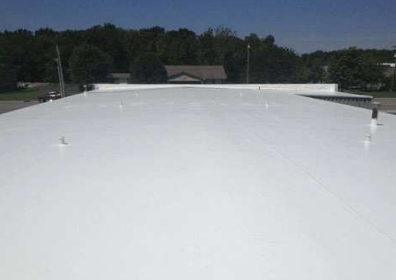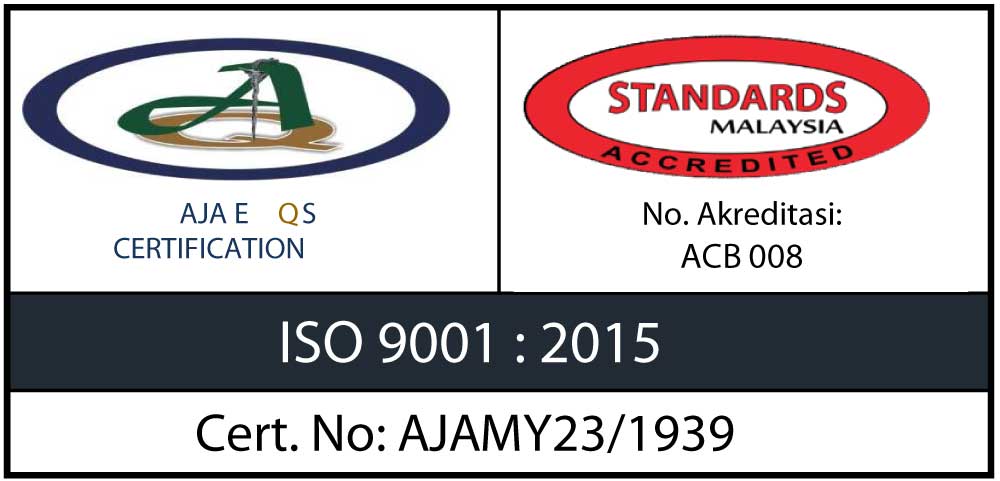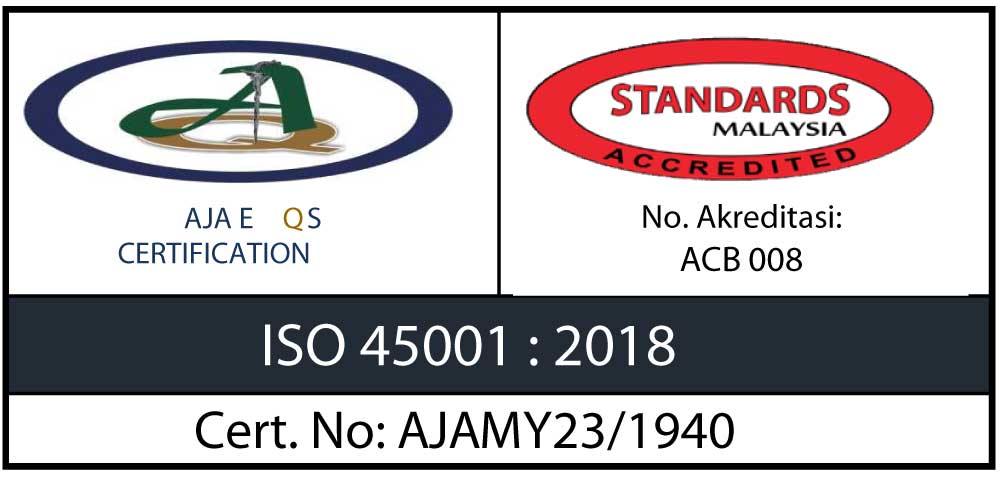
Thermoplastic Olefin (TPO) membrane roofing has rapidly become one of the most popular choices for flat and low-sloped roofs in both commercial and residential construction. Known for its durability, energy efficiency, and ease of installation, TPO has revolutionized the commercial roofing industry and is now a key player in the selection of materials for a variety of roofing applications.
This article explores TPO membrane roofing, its features, benefits, installation methods, and best practices.
What is TPO Membrane?
TPO membrane is a single-ply roofing material primarily composed of a blend of polypropylene and ethylene-propylene rubber. The result is a durable, reflective, and heat-resistant material that is particularly well-suited for flat and low-slope roofs. TPO membranes are manufactured in large rolls and installed in sheets that are heat-welded together to form a seamless, waterproof barrier.
The membrane itself is typically white, although other colors are available, and it is often chosen for its reflective properties, which can significantly reduce energy costs. TPO is a relatively recent addition to the market, having been introduced in the early 1990s, but it has since gained widespread acceptance due to its numerous advantages.
Key Features of TPO Membrane
- Energy Efficiency One of the primary benefits of TPO membrane roofing is its superior reflectivity. The white surface of the membrane reflects ultraviolet (UV) rays, reducing the amount of heat absorbed by the building. This leads to lower cooling costs and improved energy efficiency. In fact, TPO’s reflective properties contribute to a building’s LEED (Leadership in Energy and Environmental Design) certification by helping to achieve energy efficiency goals.
- Durability TPO roofing membranes are known for their impressive durability. The material is resistant to UV radiation, ozone, and chemical exposure, all of which can degrade traditional roofing materials. TPO is also highly resistant to punctures, tears, and impact damage, making it a reliable choice for roofs exposed to harsh weather conditions or heavy foot traffic.
- Ease of Installation TPO membranes are relatively easy to install due to their lightweight nature and flexibility. This reduces labor costs and installation time. The membrane can be attached to the roof deck in several ways: mechanically fastened, adhered using adhesive, or ballasted. Additionally, TPO roofing sheets are heat-welded at the seams, which creates strong, watertight bonds and minimizes the risk of leaks.
- Environmentally Friendly TPO is one of the most eco-friendly roofing options available today. It is fully recyclable and free of chlorine, unlike materials such as polyvinyl chloride (PVC). This makes it a good choice for environmentally conscious building owners seeking sustainable solutions.
- Low Maintenance TPO roofs require minimal maintenance over their lifespan. Routine cleaning and inspections can help ensure that the roof continues to perform optimally. The material is resistant to algae growth, which can contribute to staining and degradation of some roofing materials, making it easier to maintain its aesthetic appearance.
Benefits of TPO Membrane Roofing
- Cost-Effective While TPO membranes are generally more affordable than some other single-ply roofing options like EPDM and PVC, they still offer similar performance and longevity. Their reflective properties also contribute to savings on energy bills, making them a cost-effective choice in the long run.
- Heat-Welded Seams One of the standout features of TPO roofing is the heat-welded seams. These seams are stronger than traditional adhesive bonds and provide a fully waterproof barrier. The process of heat-welding creates a continuous bond between the sheets, reducing the chance of seam failure and water infiltration.
- Long Lifespan TPO roofing systems typically have a lifespan of 20 to 30 years, depending on the quality of the installation, the climate, and how well the roof is maintained. The longevity of TPO roofs makes them an excellent investment for building owners.
- Resistance to Extreme Weather TPO membranes offer excellent resistance to extreme weather conditions, including high winds, rain, and snow. They also have superior resistance to thermal shock, meaning they can expand and contract without cracking or losing their integrity. This is particularly beneficial in climates with significant temperature fluctuations
Types of TPO Membrane Systems
- Standard TPO Membrane This is the most common type of TPO membrane used in commercial roofing systems. It provides a balance of performance, energy efficiency, and cost-effectiveness.
- Reinforced TPO Membrane Reinforced TPO membranes are made with a layer of polyester or fiberglass reinforcement to enhance strength and durability. These membranes are ideal for applications requiring additional resistance to physical stress, such as roofs that experience high foot traffic or extreme weather conditions.
- TPO with Additional Coatings Some TPO membranes are coated with additional layers for increased UV resistance, flexibility, or to enhance their reflective properties. These coatings can be factory-applied or added during installation.
Installation Methods for TPO Roofing
- Mechanically Attached In this method, the TPO membrane is fastened to the roof deck with mechanical fasteners and screws. This method is popular for roofs that experience high winds or extreme weather conditions. It provides strong adhesion and reduces the risk of membrane movement.
- Fully Adhered In a fully adhered installation, the TPO membrane is glued directly to the roof deck using a specialized adhesive. This method provides a seamless, waterproof barrier and is often used in low-wind areas or for roofs with irregular shapes.
- Ballasted A ballasted TPO installation involves using weight, such as gravel or pavers, to hold the membrane in place. This method does not require the membrane to be fastened or glued directly to the roof deck. It is typically used on low-slope roofs where other attachment methods may be impractical.
Best Practices for Maintaining TPO Roofing
- Regular Inspections Conduct regular roof inspections, particularly after heavy storms or extreme weather events. Look for signs of damage, such as punctures, tears, or loose seams.
- Cleaning Periodically clean the TPO membrane to remove debris, dirt, and algae. Avoid using harsh chemicals or abrasive materials, as these can damage the membrane.
- Sealant Application Check the seams and flashings for any signs of wear. If necessary, apply a compatible sealant to reinforce the seams and prevent water penetration.
- Clear Drainage Systems Ensure that the roof’s drainage system is free of debris to prevent water buildup, which can cause pooling and damage to the membrane
Conclusion
TPO membrane roofing offers a compelling combination of durability, energy efficiency, and environmental benefits, making it an excellent choice for commercial and residential roofing applications. With its cost-effectiveness, long lifespan, and resistance to weathering and UV degradation, TPO is well-suited for buildings of all sizes, especially those with flat or low-slope roofs. Proper installation and regular maintenance can help ensure that a TPO roofing system delivers optimal performance and value for many years to come.
Please do not hesitate to contact us if you require more information. Our team will be happy and glad to assist you.
Kindly visit to our website at https://structuralrepairs.com.my/ or contact us at Tel: +603-91731728/29 Whatsapp: +60 12-334 9113










